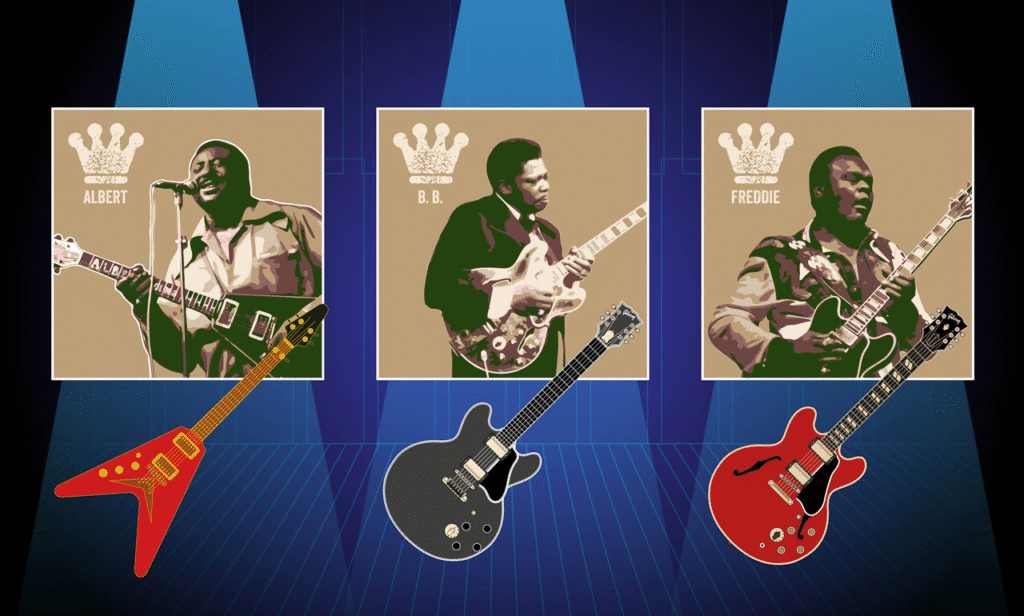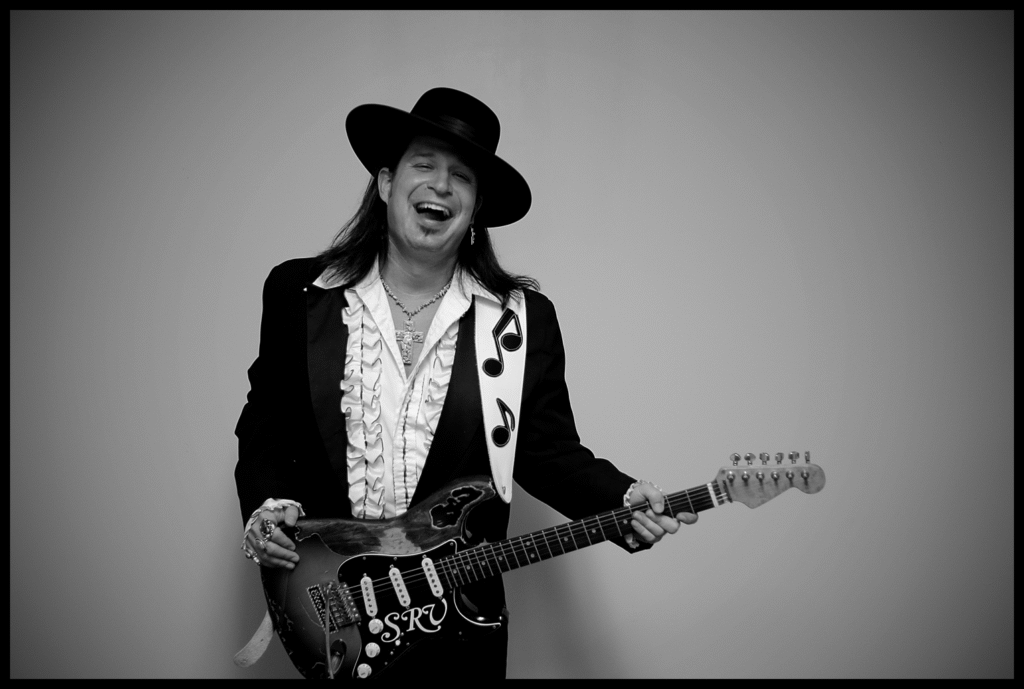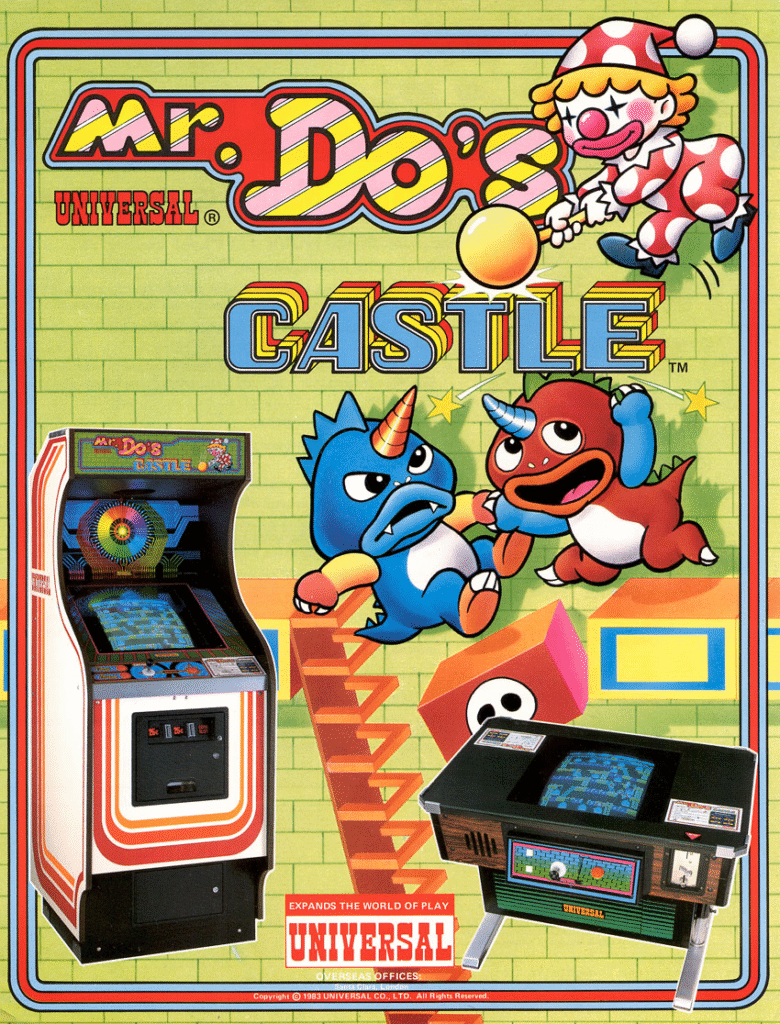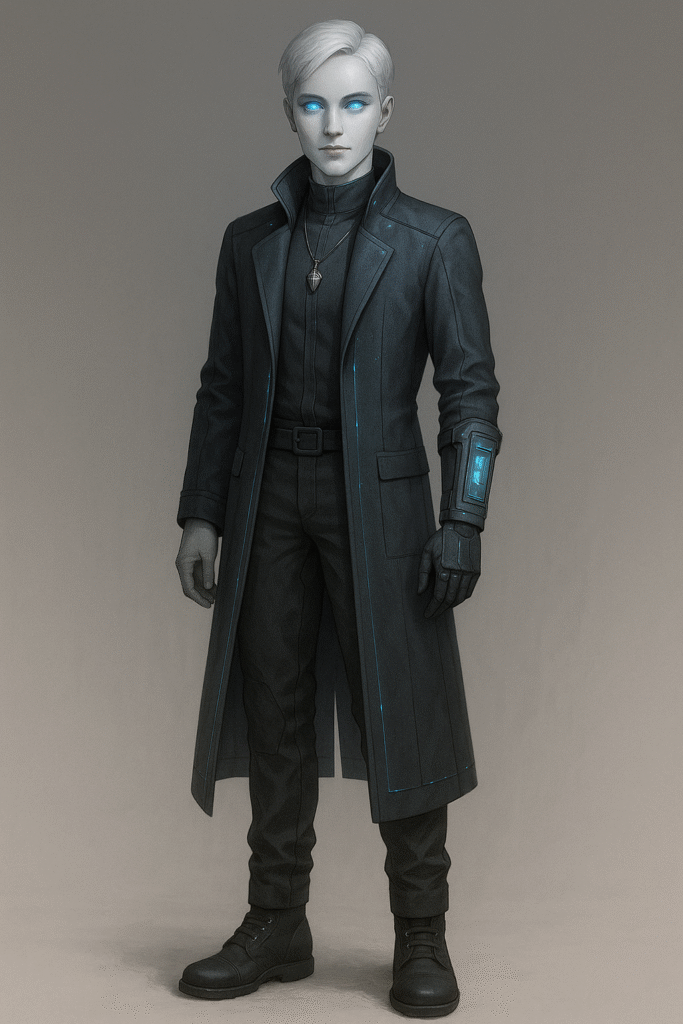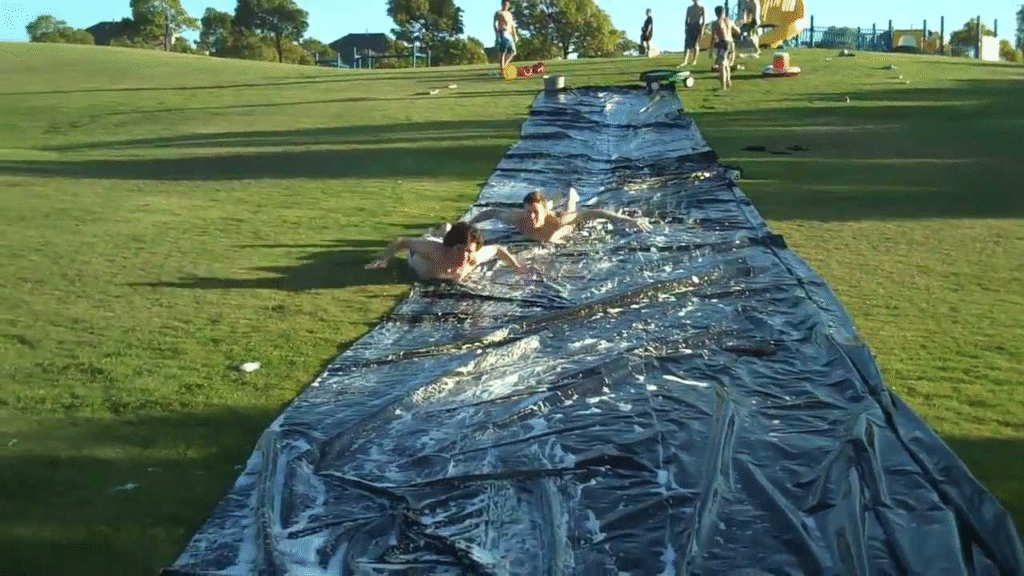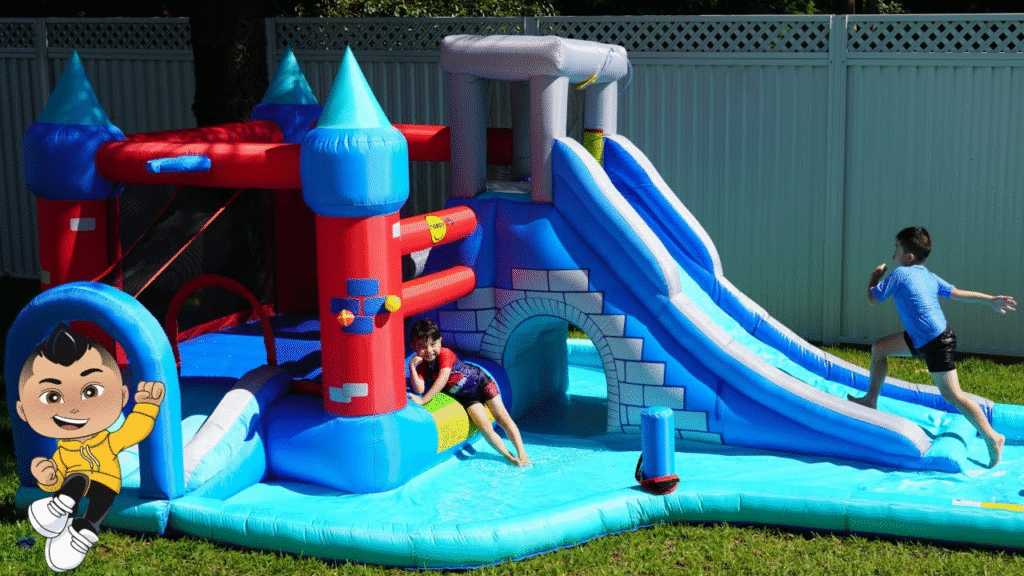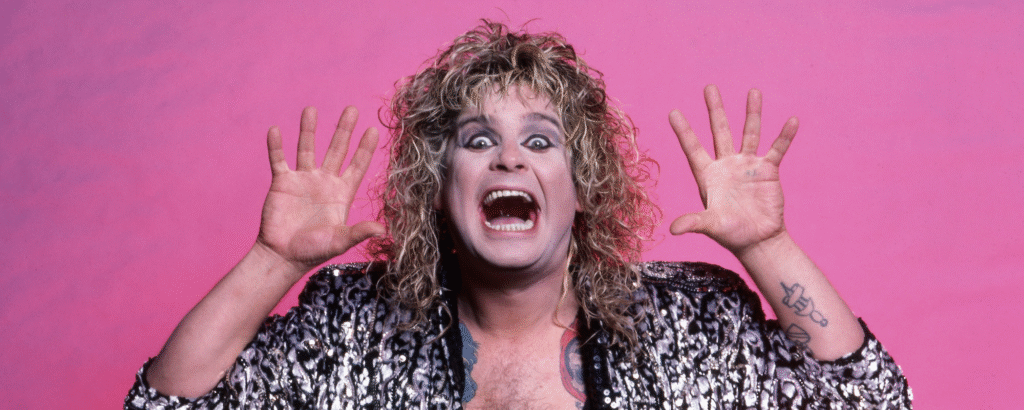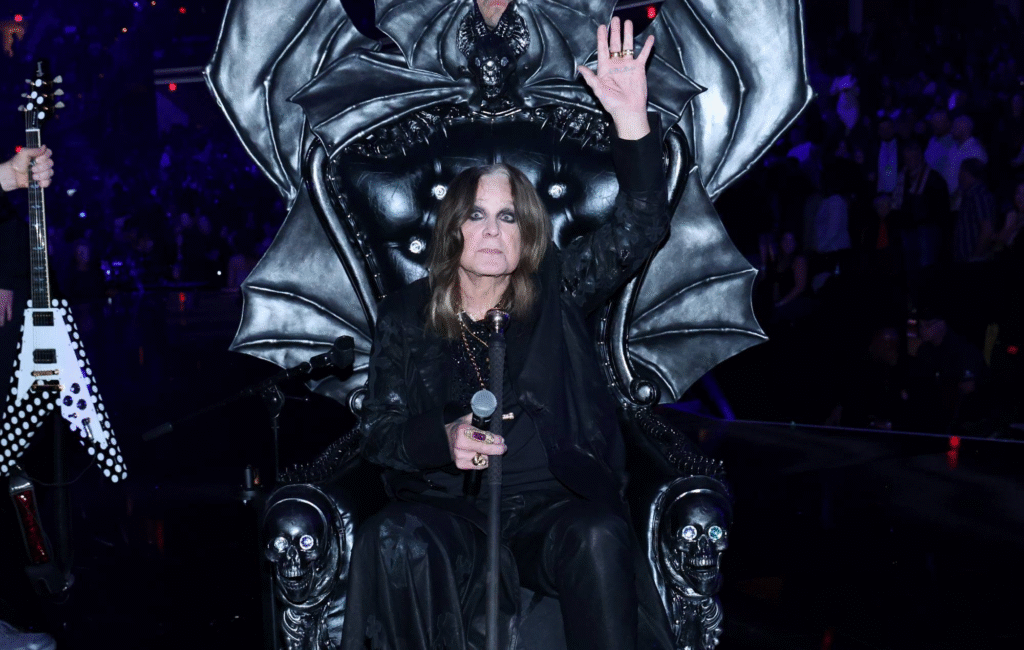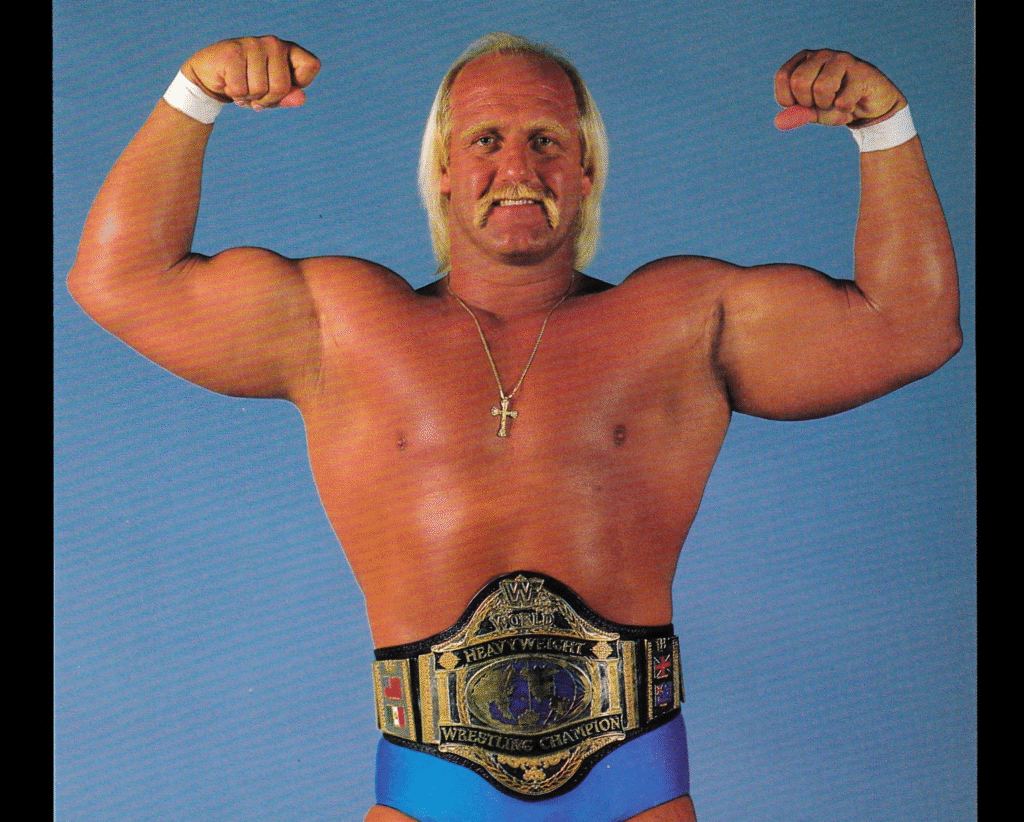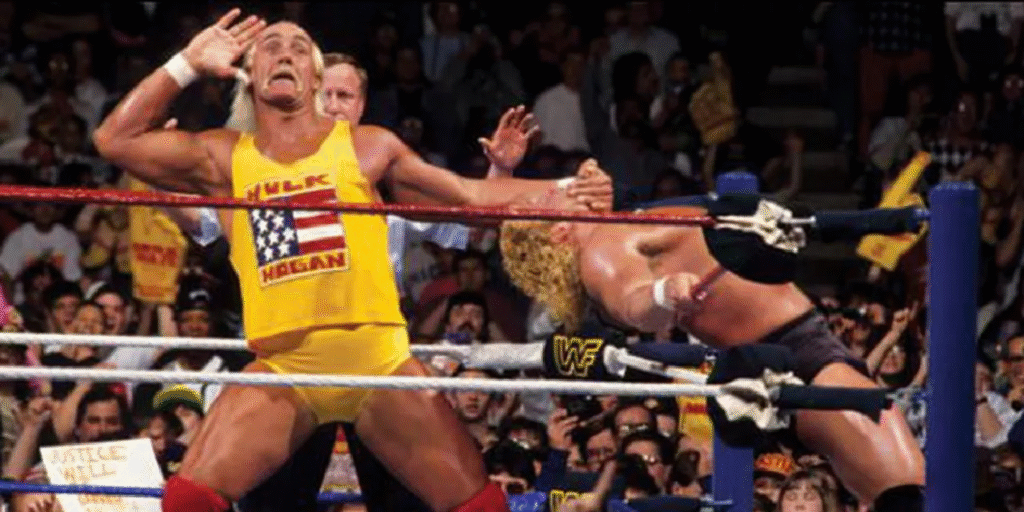For as long as I can remember, stories have been my escape. Books were my first portal to other worlds, and I devoured them endlessly. By the time I reached fourth grade, I was already reading at an eighth-grade level, and every page seemed to spark a new universe inside my head. But movies—movies carried just as much power, if not more.
Some say films limit imagination because they show us a finished product, a world already built. I never saw it that way. For me, movies were starting points. They gave me pieces of a universe and dared me to add to it. I wasn’t just watching Luke Skywalker fight the Empire—I was flying in my own X-Wing right alongside him. I wasn’t just watching Fred Astaire and Ginger Rogers twirl across the floor—I was their dance partner. I could climb into a cockpit over Europe, feel the rush of battle, and help change history. Movies didn’t close doors for me—they opened them wider.
Now, at 52, I’ve reached that tender place in life where the heroes of my childhood are fading from this world. They’re passing on to whatever comes next, and each loss feels like saying goodbye to a friend. Yet even now, when I watch them on screen, I’m that same wide-eyed kid again. This post is my way of honoring a few of those legends whose work shaped me and who left behind gifts that will never fade.
Gene Hackman
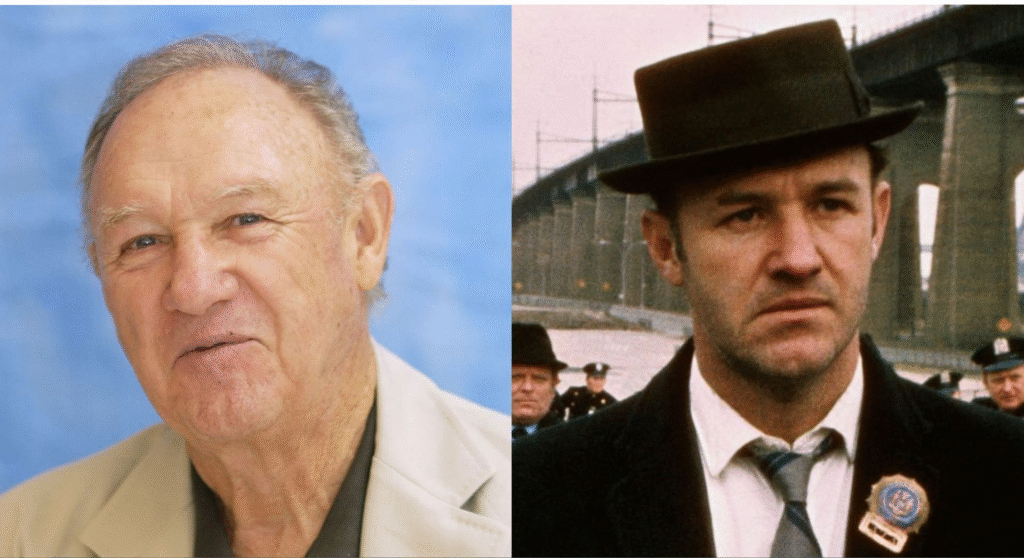
Tough, uncompromising, but always authentic—Hackman poured his soul into every performance. From Hoosiers to The Birdcage, he showed us what it means to act with feeling, not just talent.
Val Kilmer

Whether in comedy, drama, or action, Kilmer brought depth and presence. Real Genius and Top Gun were childhood staples, but it was The Saint—his role as a reluctant thief with a heart—that left the deepest mark on me.
Dabney Coleman
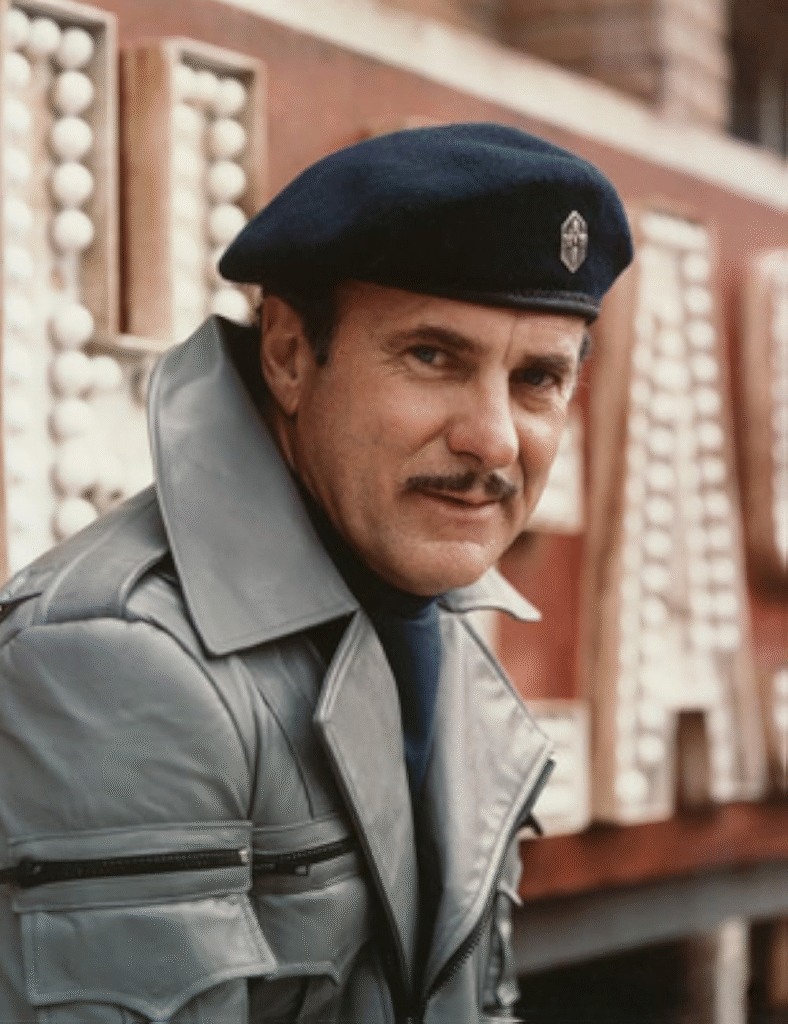
Coleman could be warm, stern, or hilariously mischievous, sometimes all at once. From Cloak & Dagger to 9 to 5, he reminded us that great acting is about range—and about making us believe.
Donald Sutherland

To me, he’ll always be “Oddball” in Kelly’s Heroes, forever cool and laid-back. But Sutherland’s career stretched across genres and decades, from Pride and Prejudice to Outbreak. His presence made every film stronger.
Matthew Perry
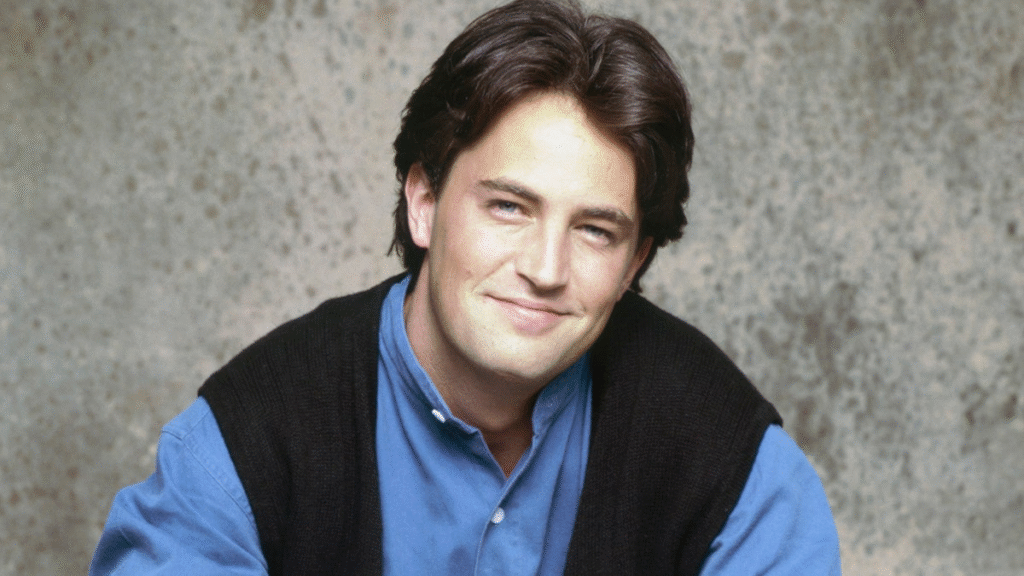
His passing hit me hard. While forever remembered as Chandler Bing, Perry’s film work showed flashes of Cary Grant’s charm. The Whole Nine Yards and Fools Rush In proved he was more than a sitcom star—he was a storyteller with heart.
Sean Connery
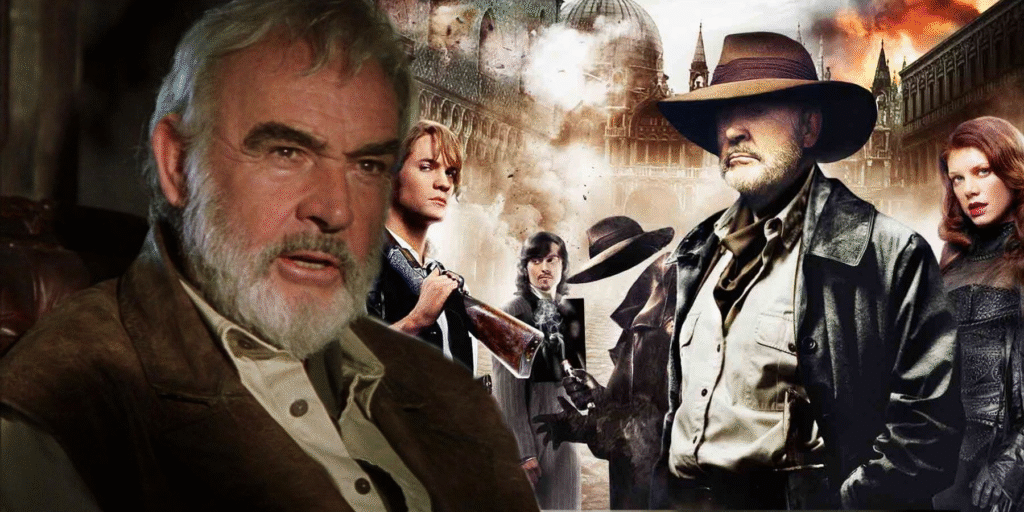
The definitive James Bond—suave, commanding, and timeless. Connery wasn’t just an actor playing a role; he embodied it. Beyond Bond, his turns in The Untouchables and Indiana Jones and the Last Crusade remain unforgettable.
Burt Reynolds
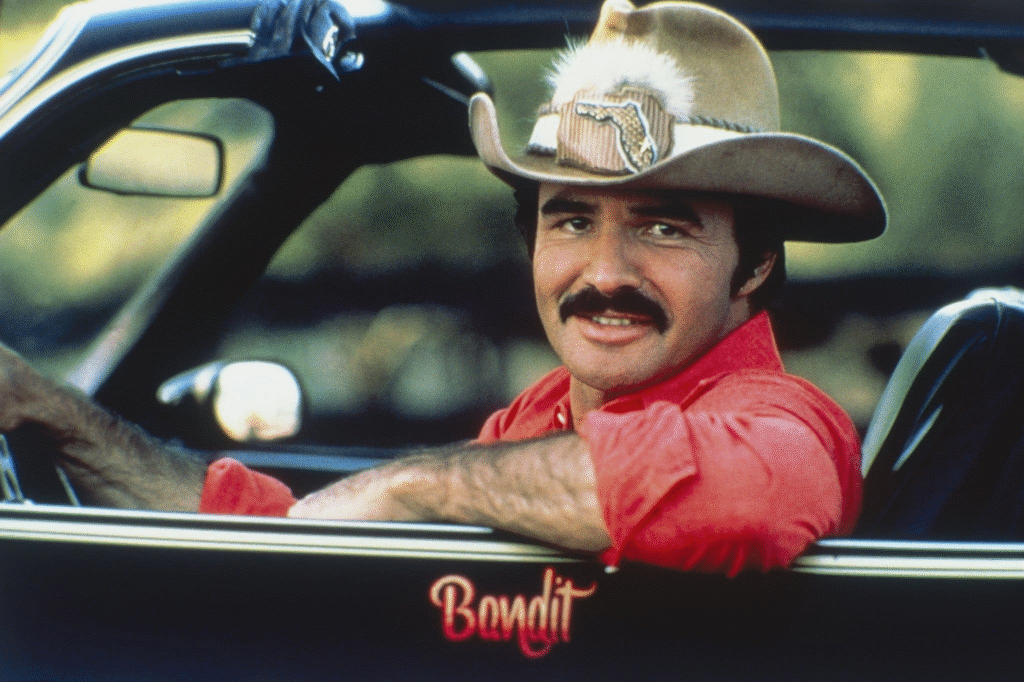
Reynolds was swagger, grit, and charisma rolled into one. From Smokey and the Bandit to Boogie Nights, he showed us both sides of his talent—the action hero and the dramatic force. He was the man’s man of his era.
Gene Wilder

Wilder was pure magic. His comedic brilliance in Blazing Saddles, his tenderness as Willy Wonka, his eccentric genius in Young Frankenstein—all were gifts of joy and laughter. He didn’t just play roles; he became them.
Robin Williams

For me, Robin was more than an actor—he was a lifeline. From Mork & Mindy to Dead Poets Society, from the manic Genie in Aladdin to the aching humanity of The Fisher King, he embodied both joy and sorrow. His loss still feels personal, and his legacy continues to inspire me to this day.
Betty White

To close, there’s Betty White—the queen of wit and warmth. She wasn’t just Rose from The Golden Girls. She was a trailblazer, a sharp comedian, and a cultural icon who made every room brighter. Her quick humor and fearless spirit made her one of the most beloved figures in entertainment history.
A Final Reflection
What these actors gave us wasn’t just entertainment. They gave us fragments of themselves—pieces of humanity that will live on long after they’re gone. They were storytellers, dreamers, and guides into worlds we might never have entered otherwise.
Even now, when I watch them on screen, I’m transported—not just into their stories, but back into my own. Back to being a kid, wide-eyed and full of wonder, reminded that imagination never truly dies.
Their films remain. Their characters remain. And in some way, so do they.
✨ Which actors shaped your imagination the most? Share your memories in the comments—I’d love to hear your stories.

